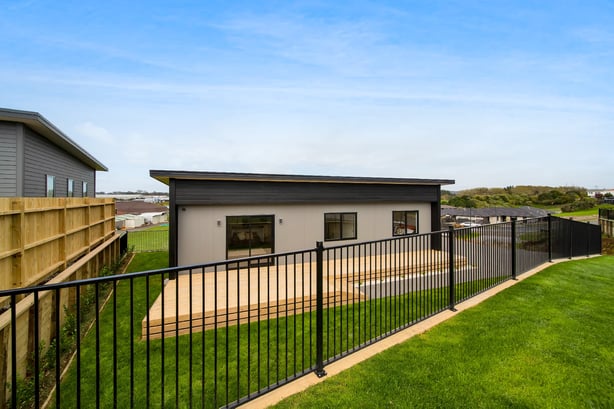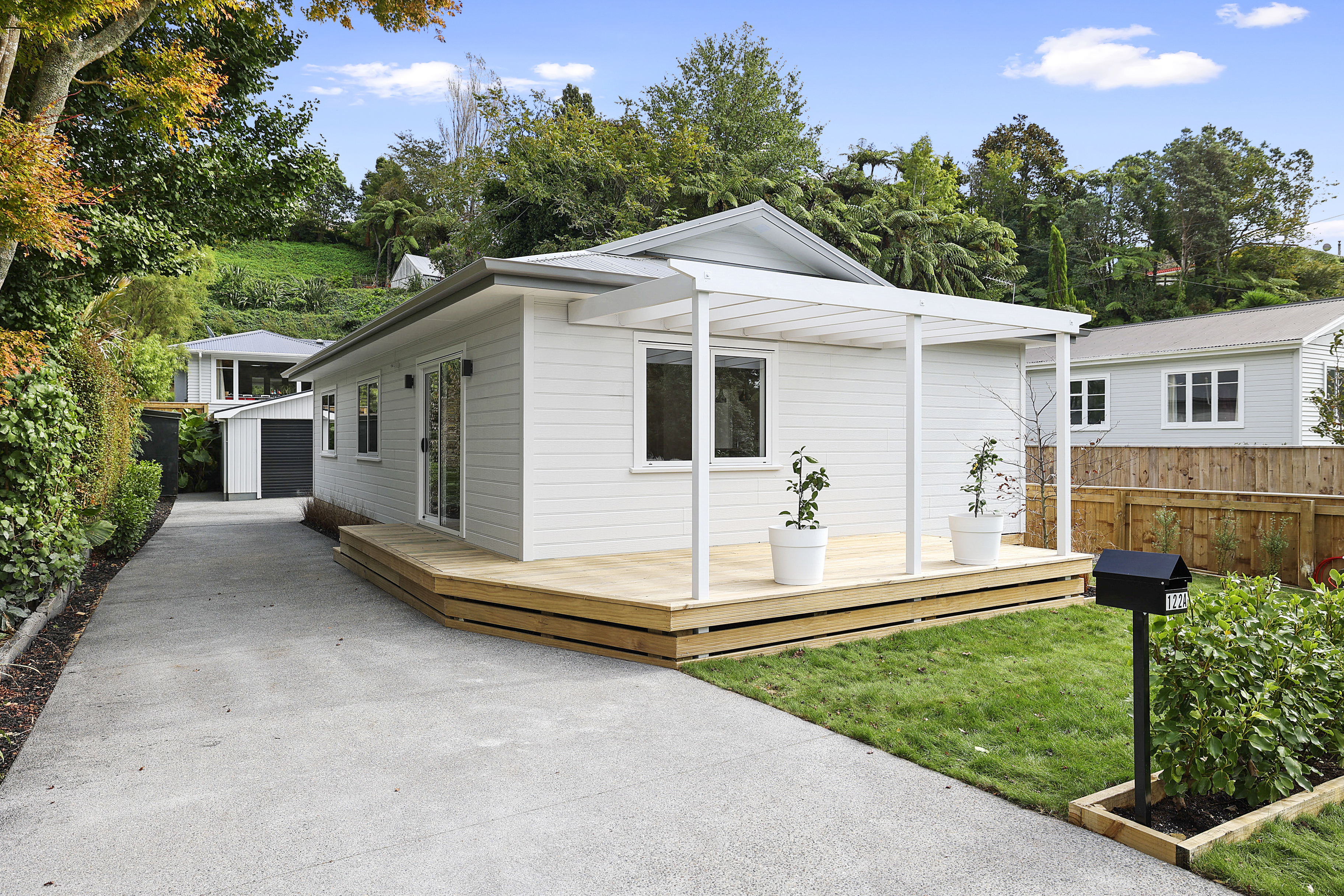Can I subdivide and build on my section?

The prospect of subdividing your section and building a new home on it can be a great way to maximise its value or change your living situation. It’s a huge undertaking though, so we’ve compiled eight important points to help you decide if it’s the right move for you.
What is subdividing?
Subdividing is the act of dividing up one piece of land into two or more smaller sections.
The motivation behind subdividing in New Zealand is often to sell some (or all) of the sections for a profit, or to build a new home to live in on one of the sections; either selling the remaining sections on the property market or to a family member.
If one of the new sections is suitable, the latter scenario lends itself to Manor Build prefab homes, which can be built and delivered to your new section in as little as 10-12 weeks.
Can I build a new home on my land without subdividing?
If you intend to build a second dwelling on your property, you may not need to subdivide. This might be the case if you want one of the dwellings to be the residence of family members or friends.
Depending on where you live in New Zealand, the Medium Density Residential Standards (amended in August 2022) means you may be able to have three homes of up to three storeys, with up to 50 percent maximum coverage of your site.
This would mean no subdividing or resource consent, saving a lot of time, money and effort. However, this isn’t a suitable solution for selling the additional dwelling. In that case, a clean new title and clear distinction between the two homes would be preferable.
Can I subdivide in my area?
Each local council defines their zoning and building laws, so checking these should be your first step when considering subdividing. If your region’s relevant District or City Plan doesn’t permit subdivision, the thought will be a moot point.
You can learn about your local subdivision regulations by contacting your council, an expert in the area (e.g., a surveyor), or the knowledgeable team at Manor Build.
What local rules might apply to my subdivision?
Rules included in your area’s District or City Plan may relate to the following:
-
The minimum allotment size — will this work for your particular property and the size of house you’d like to build?
-
If the properties created by the subdivision need to be serviced with a water supply, sewerage and stormwater disposal.
-
Whether or not the building platform is suitable for a new home (i.e., resistant to stability or flooding issues).
-
If the new dwelling will add additional users on a right-of-way.
-
Whether the proposed subdivision meets peripheral planning requirements like existing buildings needing to be a minimum distance from the boundary.
Types of subdivision
There are three main types of property subdivision in New Zealand, and which category yours will fall into will depend on how the property is divided up and the resulting land titles. The three different types of property subdivision are:
-
Fee simple (also known as freehold) — this sees an existing property divided into two or more sections and is the form of subdivision most commonly seen in Aotearoa.
-
Unit title — this is where each house on the property has an individual title. The housing units enter into a body corporate and share the common property areas like gardens, access ways, etc.
-
Cross lease — this type of property title is applied when multiple people are invested in the land. Each person is a part owner of the overall property but has leasehold on their particular area of the land and their dwelling. Cross-lease titles are commonplace when a house is built on the back of an existing house’s section.
Learn more about property title types.
How big does a section have to be to subdivide?
There are multiple size considerations when it comes to subdividing. The first is simply, ‘is the property big enough to divide into two (or more) appropriately sized sections?’ This then begs the question; what is the appropriate section size?
First of all, your section must be big enough to be divided into (at least) two sections that are equal to or larger than the minimum allotment size, as ruled by your local council.
Then you need to decide if the new section will be large enough for the new build you want.
Choosing a prefab plan to suit the size of the subdivided section
The house-to-section ratio reaches a point of diminishing returns as the design grows and yard and access space is sacrificed for more space inside the home.
More space is always better — both inside and outside the house — but the ratio of internal living space and outdoor land will be determined by the target market. This is a simple equation if the new dwelling is for you (or family or friends), but if you’re going to sell it or rent it, it takes some thinking.
If you’re targeting families, they’ll be after more outdoor space for the kids to play in. If it’s young professionals or downsizing Gen Xers you’re after, they’ll potentially value smaller grounds requiring less maintenance.
It's worth looking at house plans that are 20-30% smaller than the section, as an upper limit.
Is the new section access suitable for a prefab home?
Prefab homes are ideal when subdividing your existing property as the build times (and potential complications) are greatly reduced from traditional new builds.
The section must of course be suitable for the delivery of a prefab home, though. Is the driveway wide enough? Are there overhanging power cables? Some of these obstacles can be easily overcome with prefab professionals on the case, so contact the Manor Build team for a free site assessment if you're unsure.
How to finance a new build on your backyard subdivision
Financing a prefab home build for your subdivided section can in some cases be easier than purchasing a new home elsewhere.
If you don’t have the cash available, you may be able to borrow against the existing house on the section. When you have the security of the main house, banks and registered lenders are more willing to lend the amount needed to build the second house.
Learn more about financing for prefab homes.
Professionals you’ll work with on your backyard subdivision
Subdividing a section to add another house can be a life-changing experience, and it’s one that’s only possible with help from multiple professionals. Throughout the process, you’ll likely deal with surveyors, members of local councils, property lawyers, and various tradies.
If you’re thinking about a prefab for your subdivision or backyard building, we suggest contacting the Manor Build team from the outset. We harness a wealth of experience in the process of subdividing and building a prefab home for your land and can help you achieve the best possible outcome.
Tags: Transportable/Prefab home Investment/Rental homes

.jpeg)


